The hum of an electric motor, the rush of wind in your hair, and the feeling of effortless movement – this is the experience of riding an electric bike. No longer a niche product, electric bikes are rapidly becoming a mainstream mode of transportation, offering a sustainable, efficient, and enjoyable alternative to traditional vehicles.
From navigating bustling city streets to exploring rugged mountain trails, electric bikes are transforming the way we move, work, and play.
This comprehensive guide delves into the world of electric bikes, exploring their fundamental components, the various types available, and the myriad benefits they offer. We’ll guide you through the process of choosing the right electric bike for your needs, ensuring a safe and enjoyable riding experience.
Furthermore, we’ll examine the latest advancements in electric bike technology and the growing culture surrounding these innovative machines. Join us as we embark on a journey into the exciting future of electric bikes.
Electric Bike Basics
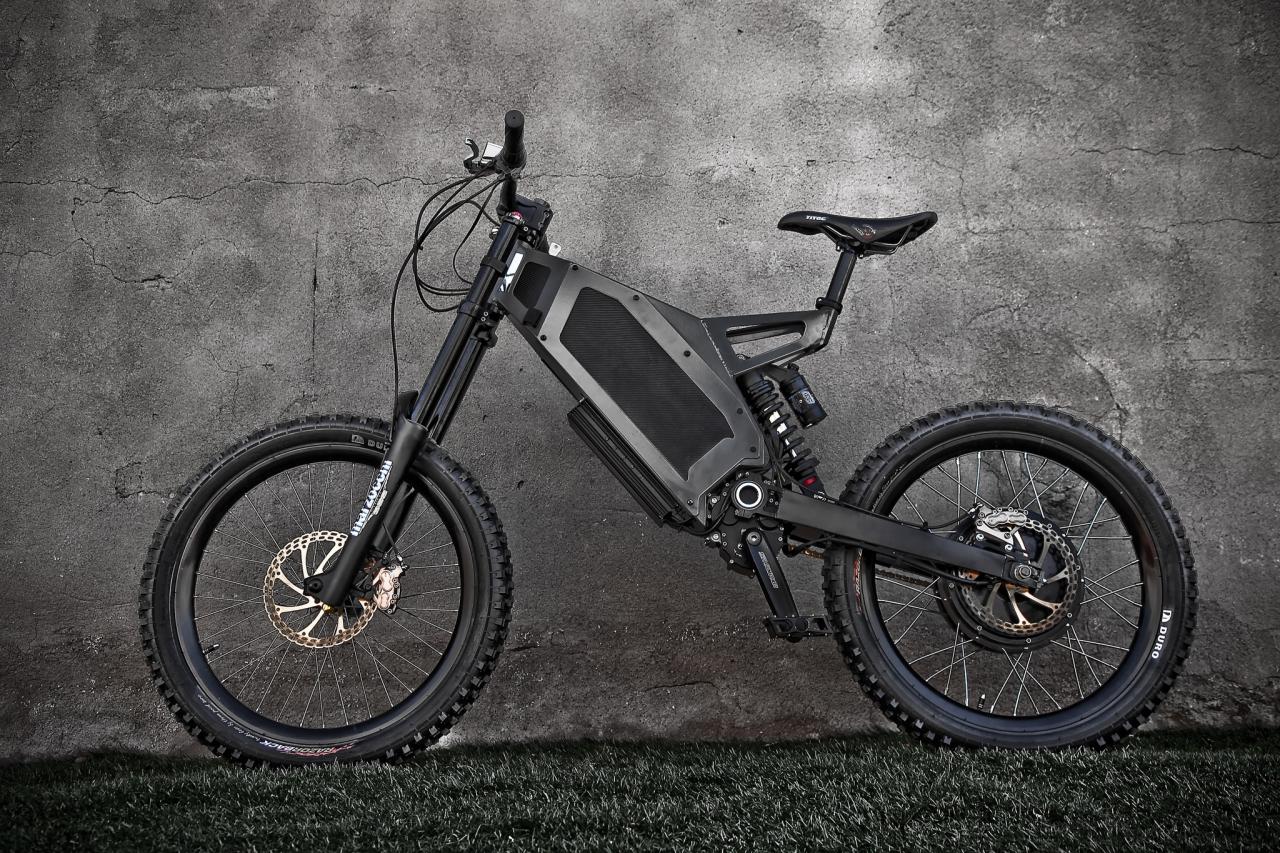
Electric bikes, also known as e-bikes, are revolutionizing the way people commute and explore. They offer a blend of traditional cycling with the assistance of an electric motor, making them a sustainable and enjoyable mode of transportation.
Electric Bike Components
Electric bikes consist of several key components that work together to provide power assistance:
- Motor:The heart of an e-bike, the motor provides the power to assist the rider’s pedaling. Motors are typically located in the rear wheel hub, front wheel hub, or mid-drive, each offering different advantages. Rear hub motors are the most common, providing efficient power transfer.
Front hub motors offer better traction on uneven terrain. Mid-drive motors deliver a more natural feel and are favored for uphill climbs.
- Battery:The battery stores the electrical energy that powers the motor. Lithium-ion batteries are the most prevalent type, offering high energy density and a long lifespan. Battery capacity is measured in watt-hours (Wh), with higher capacity batteries providing longer range.
- Control System:The control system manages the power flow between the battery and the motor. It includes a display, which shows information such as speed, battery level, and assist mode. Riders can adjust the power level through buttons or a throttle, depending on the bike’s design.
Types of Electric Bikes
Electric bikes come in a variety of styles, each designed for specific purposes:
- E-bikes:These bikes resemble traditional bicycles with the addition of an electric motor. They are typically used for commuting, leisure riding, and general transportation.
- E-mountain bikes:Built for off-road adventures, e-mountain bikes feature rugged tires, suspension systems, and powerful motors. They are designed to conquer challenging terrain and provide a thrilling ride.
- E-cargo bikes:These bikes are equipped with large cargo baskets or boxes, making them ideal for transporting goods or children. They are increasingly popular for delivery services and family outings.
Power Levels and Assist Modes
Electric bikes offer varying levels of power assistance to suit different riding styles and needs:
- Power Levels:E-bikes are classified by their maximum power output, typically measured in watts. Most e-bikes fall within the 250-750 watt range. Higher power levels provide more assistance, especially for steep hills or heavy loads.
- Assist Modes:Electric bikes often feature multiple assist modes that adjust the motor’s power output based on the rider’s pedaling effort. Common modes include “Eco,” “Tour,” “Sport,” and “Boost.” Eco mode provides minimal assistance, while Boost mode provides maximum power.
Advantages of Electric Bikes
Electric bikes offer a compelling alternative to traditional vehicles, providing numerous advantages in terms of environmental sustainability, health benefits, and economic efficiency.
Environmental Benefits
Electric bikes significantly reduce carbon emissions compared to gasoline-powered vehicles. By relying on electricity, they contribute to cleaner air quality and mitigate the effects of climate change. The environmental benefits of electric bikes are significant.
- Reduced Carbon Footprint:Electric bikes produce zero tailpipe emissions, directly contributing to a cleaner environment. A study by the University of California, Berkeley, found that replacing a single car trip with an electric bike ride can reduce greenhouse gas emissions by 80%.
- Improved Air Quality:By eliminating exhaust fumes, electric bikes help improve air quality, particularly in urban areas where pollution levels are often high.
- Reduced Noise Pollution:Electric bikes operate quietly, minimizing noise pollution compared to traditional vehicles.
Health and Fitness Benefits
Riding an electric bike offers numerous health benefits, promoting cardiovascular health, muscle strength, and overall well-being.
- Increased Physical Activity:Electric bikes encourage active commuting and leisure activities, leading to increased physical activity levels.
- Reduced Strain on Joints:The electric assist feature reduces strain on joints, making it easier for people of all ages and fitness levels to enjoy cycling.
- Improved Cardiovascular Health:Regular electric bike riding can improve cardiovascular health by increasing heart rate and blood flow.
Economic Benefits
Electric bikes offer significant economic advantages compared to traditional vehicles, with lower running costs and maintenance expenses.
- Lower Fuel Costs:Electric bikes eliminate the need for gasoline, resulting in significant savings on fuel costs.
- Reduced Maintenance Expenses:Electric bikes have fewer moving parts than gasoline-powered vehicles, reducing maintenance costs and repair needs.
- Parking Savings:Electric bikes can be parked easily and often for free, eliminating parking fees associated with cars.
Choosing the Right Electric Bike
Navigating the world of electric bikes can be overwhelming, with a plethora of options available. Choosing the right electric bike is a crucial step in enjoying the benefits of this eco-friendly mode of transportation. This guide aims to provide a comprehensive framework for making an informed decision, taking into account your individual needs and preferences.
Factors to Consider
The decision-making process for selecting an electric bike involves considering several key factors. These factors are categorized as follows:
- Intended Use:What will you primarily use the electric bike for? Commuting, recreational riding, off-road adventures, or a combination of these? This will determine the type of bike, features, and power requirements.
- Terrain:The type of terrain you will be riding on influences the bike’s suspension, tires, and motor power. Flat, paved roads require different features than hilly, uneven terrain.
- Budget:Electric bikes range in price from a few hundred dollars to several thousand dollars. Set a realistic budget before starting your search to avoid disappointment.
- Range:How far do you need to ride on a single charge? The battery capacity and motor efficiency determine the bike’s range, a crucial factor for long commutes or extended rides.
- Weight and Size:Consider your height and weight when choosing a bike. A heavier bike may require more power and be more difficult to handle. The bike’s frame size should also be appropriate for your body.
- Features:Electric bikes offer various features, including different motor types (hub motors or mid-drive motors), gear systems, suspension, and display systems. Consider which features are essential for your needs.
Electric Bike Brands and Models
Here is a comparison table highlighting key features, specifications, and pricing of popular electric bike brands and models:
| Brand | Model | Type | Motor Power | Range | Price |
|---|---|---|---|---|---|
| Specialized | Turbo Vado 4.0 | City/Commuting | 250W | 40 miles | $2,500 |
| Trek | Verve+ 2 | City/Commuting | 250W | 35 miles | $2,000 |
| Rad Power Bikes | RadCity Step-Thru 5 | City/Commuting | 750W | 45 miles | $1,700 |
| Giant | Explore E+ 1 | Hybrid | 250W | 50 miles | $2,200 |
| Cannondale | Synapse Neo 1 | Road | 250W | 60 miles | $3,000 |
Decision-Making Flowchart
The following flowchart illustrates a step-by-step decision-making process for choosing the right electric bike:
[Insert flowchart here. The flowchart should be a visual representation of the decision-making process, starting with the initial question “What is your intended use?” and branching out to consider factors such as terrain, budget, range, weight, and features. Each decision point should lead to a specific type of electric bike or a further decision point. For example, if the intended use is commuting, the flowchart might branch to “Do you need a long-range bike?” or “Do you need a bike with a powerful motor?” The flowchart should be designed to guide the user through the decision-making process and ultimately lead to the selection of the appropriate electric bike.]
Electric Bike Safety
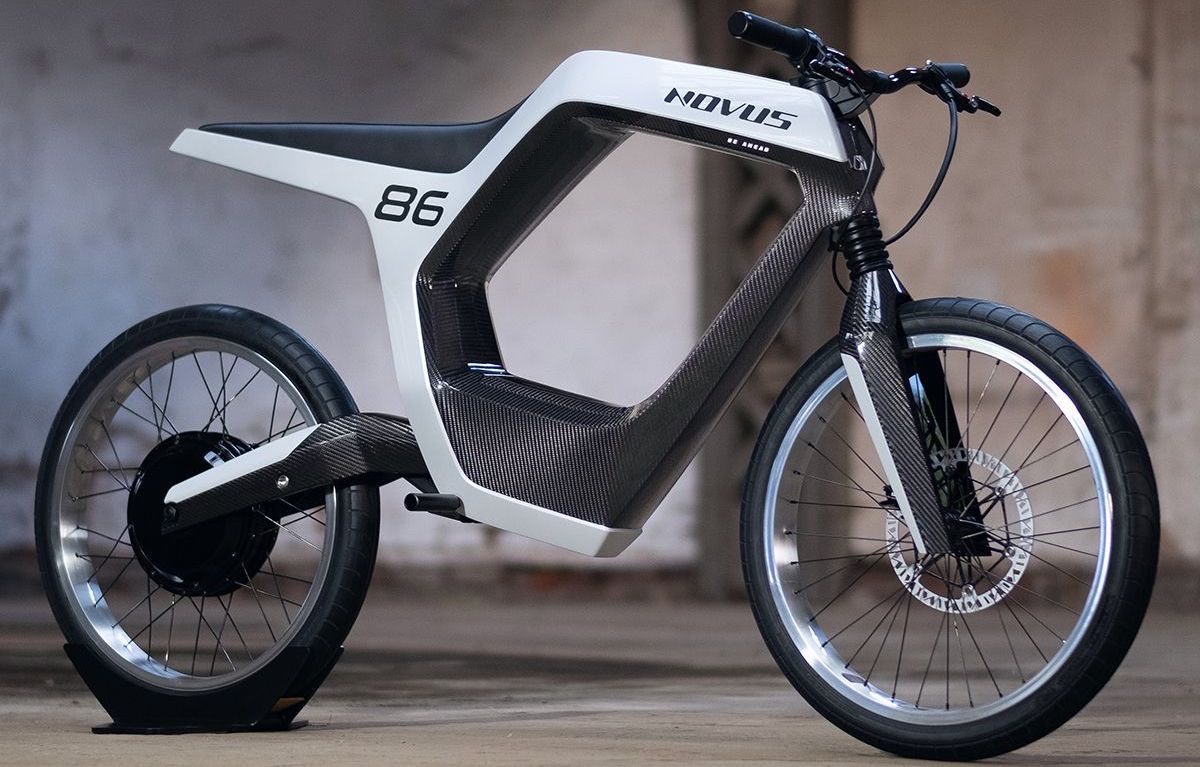
Electric bikes offer a fun and efficient way to get around, but it’s crucial to prioritize safety while riding. Just like any other mode of transportation, electric bikes come with their own set of risks. By understanding and addressing these risks, you can enjoy the benefits of e-bike riding while minimizing the potential for accidents.
Safety Tips for Electric Bike Riders
It’s important to understand and practice essential safety tips to ensure a safe and enjoyable e-bike riding experience.
- Wear a Helmet:Always wear a properly fitted helmet that meets safety standards. Helmets are essential for protecting your head in case of a fall.
- Follow Traffic Laws:Obey all traffic laws, including stopping at red lights, using hand signals, and riding in the correct direction.
- Be Aware of Your Surroundings:Pay attention to your surroundings, including other vehicles, pedestrians, and obstacles.
- Ride at a Safe Speed:Choose a speed that is appropriate for the conditions, including traffic, road surface, and your own skill level.
- Use Lights at Night:When riding at night, use a headlight and taillight to increase your visibility to other road users.
Common Safety Hazards and Mitigation Strategies
Several hazards can be encountered while riding an electric bike. It’s crucial to be aware of these hazards and take steps to mitigate them.
- Slippery Surfaces:Be cautious on wet or icy surfaces, as they can make it difficult to maintain control.
- Poor Lighting:Riding in low-light conditions can make it challenging to see and be seen. Use a headlight and taillight to improve visibility.
- Pedestrian Traffic:Be mindful of pedestrians, especially in crowded areas. Ride at a safe speed and give pedestrians plenty of space.
- Vehicle Traffic:Be aware of vehicle traffic and use caution when crossing intersections.
- Obstacles:Watch out for obstacles in the road, such as potholes, debris, and uneven surfaces.
- Battery Issues:Ensure that your battery is fully charged before each ride. If the battery runs out of power while you are riding, you may need to pedal manually, which can be challenging.
Electric Bike Maintenance Practices
Regular maintenance is crucial for ensuring the safety and longevity of your electric bike.
- Check Tire Pressure:Ensure that your tires are inflated to the recommended pressure. Underinflated tires can increase the risk of a flat tire and make it more difficult to control the bike.
- Inspect Brakes:Regularly check your brakes to ensure they are functioning properly.
- Monitor Battery Level:Keep an eye on your battery level and charge it regularly.
- Clean and Lubricate:Clean your electric bike regularly and lubricate moving parts to prevent rust and wear.
Electric Bike Laws and Regulations
Navigating the world of electric bikes requires understanding the legal framework that governs their use. Regulations vary significantly across countries and regions, impacting aspects such as speed limits, licensing requirements, and road rules. This section delves into the complexities of electric bike laws and regulations, providing insights into the legal landscape for riders.
Types of Electric Bikes and Regulations
The legal landscape for electric bikes is nuanced, often differentiating between various types. These differences in classification stem from the power output, speed capabilities, and intended use of the bikes. Understanding these distinctions is crucial for riders to ensure they comply with local regulations.
- Class 1 Electric Bikes:These bikes are pedal-assisted and have a maximum speed limit of 20 mph (32 km/h). They typically do not require registration or licensing.
- Class 2 Electric Bikes:Similar to Class 1, these bikes are pedal-assisted but also offer a throttle for power. They also have a maximum speed limit of 20 mph (32 km/h) and often do not require registration or licensing.
- Class 3 Electric Bikes:These bikes are pedal-assisted and can reach speeds up to 28 mph (45 km/h). They often require registration and licensing, depending on local regulations.
- Electric Mopeds:These vehicles are often referred to as “e-mopeds” and resemble traditional mopeds. They are typically powered by a motor and do not require pedaling. E-mopeds often have a higher speed limit than electric bikes and typically require registration, licensing, and insurance.
Speed Limits and Road Rules
Electric bike speed limits vary widely depending on location. In some regions, electric bikes are treated as bicycles and follow the same speed limits as traditional bicycles. In other areas, electric bikes may have specific speed limits, often exceeding those for traditional bicycles.
- Bicycle Paths:Electric bikes are often permitted on bicycle paths, but riders should be aware of local regulations regarding speed limits and any restrictions on certain types of electric bikes.
- Roadways:In many jurisdictions, electric bikes are allowed on roadways, but they may be subject to the same rules as motorcycles or scooters. This could include lane splitting regulations, helmet requirements, and licensing requirements.
Licensing and Registration Requirements
Licensing and registration requirements for electric bikes vary significantly across jurisdictions. In some regions, electric bikes are treated as bicycles and do not require registration or licensing. In other areas, electric bikes may require registration and licensing, particularly for higher-powered models or those exceeding a certain speed limit.
- Class 1 and 2 Electric Bikes:In many areas, these bikes do not require registration or licensing.
- Class 3 Electric Bikes:These bikes may require registration and licensing, depending on the specific regulations in the region.
- Electric Mopeds:E-mopeds typically require registration, licensing, and insurance, similar to motorcycles or scooters.
Resources for Electric Bike Laws and Regulations
Navigating the complex world of electric bike laws can be challenging. Riders should always consult local authorities and official resources to ensure they are compliant with regulations.
- Local Government Websites:The websites of local government agencies, such as transportation departments, often provide detailed information on electric bike laws and regulations.
- State and National Organizations:Organizations dedicated to cycling advocacy and safety, such as the League of American Bicyclists (LAB), may provide resources and information on electric bike laws.
- Electric Bike Manufacturers:Electric bike manufacturers may provide information on legal requirements for their specific models, including registration and licensing requirements.
Electric Bike Technology and Innovation
The world of electric bikes is constantly evolving, with advancements in technology pushing the boundaries of performance, range, and connectivity. From improved battery technology to innovative design features, electric bikes are becoming increasingly sophisticated and user-friendly.
Improved Battery Range
Battery range is a crucial factor for electric bike users, and manufacturers are continually striving to increase it. Advancements in battery technology, such as higher energy density lithium-ion batteries, have led to significant improvements in range. For example, some electric bikes now boast ranges of over 100 miles on a single charge, making them suitable for longer commutes and recreational rides.
Electric Bike Culture and Community
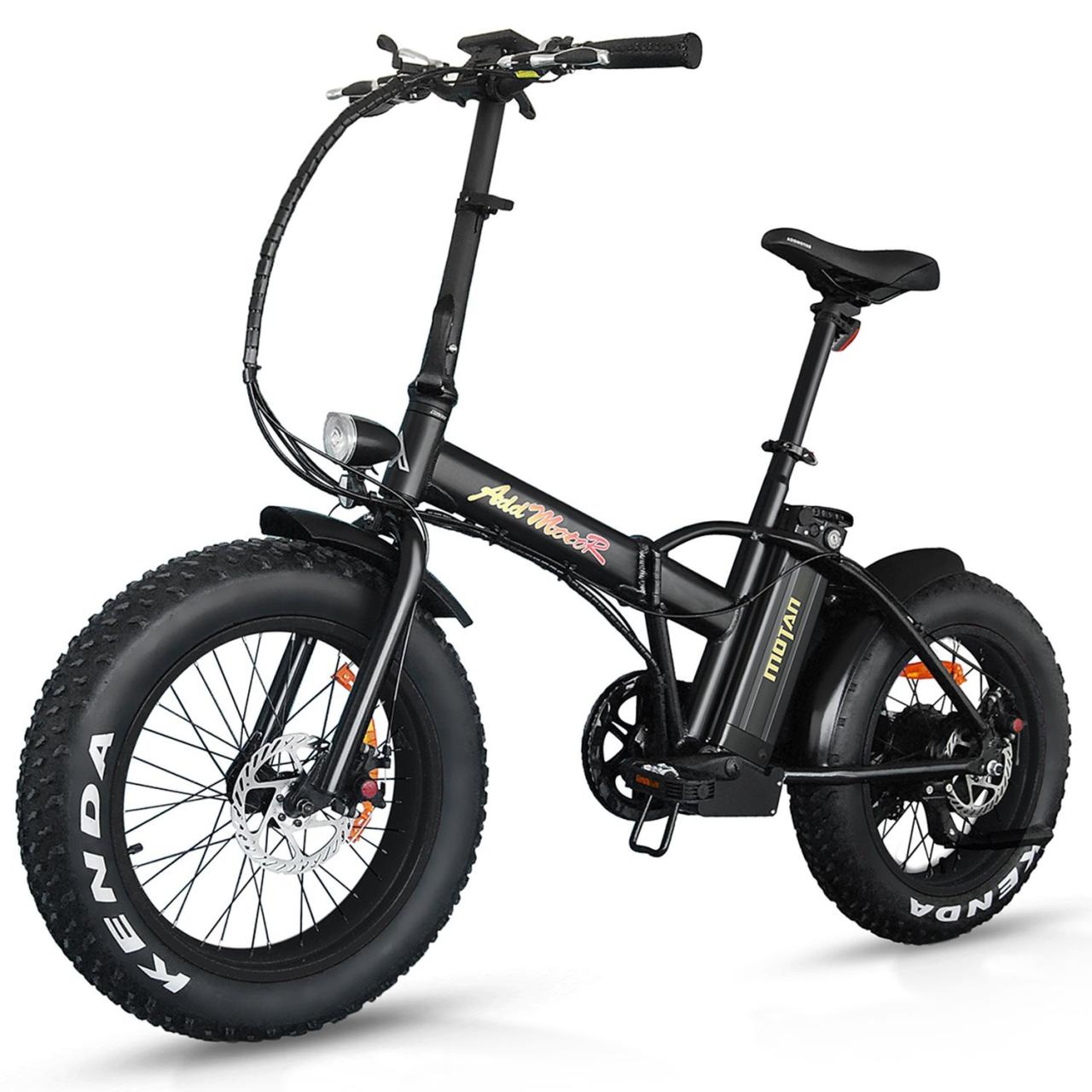
The rise of electric bikes has not only revolutionized personal transportation but has also fostered a vibrant and growing community of enthusiasts. This community, fueled by shared passion for cycling and sustainability, is driving the adoption of electric bikes and shaping the future of urban mobility.
The Growth of Electric Bike Clubs and Events
The popularity of electric bikes has led to the emergence of numerous cycling clubs and events specifically catering to e-bike riders. These clubs provide a platform for riders to connect, share experiences, and explore new routes together.
- E-Bike Clubs:Across major cities, clubs like the “Electric Bike Riders of New York” and “London E-Bike Club” offer organized rides, social gatherings, and advocacy initiatives. These clubs cater to a wide range of riders, from casual commuters to avid enthusiasts.
- E-Bike Events:The growing interest in electric bikes has also spurred the creation of specialized events, such as the “E-Bike Festival” in Portland, Oregon, and the “Electric Bike Expo” in San Francisco. These events showcase the latest e-bike models, offer test rides, and provide opportunities for riders to learn more about the technology and culture.
Electric Bikes for Different Purposes
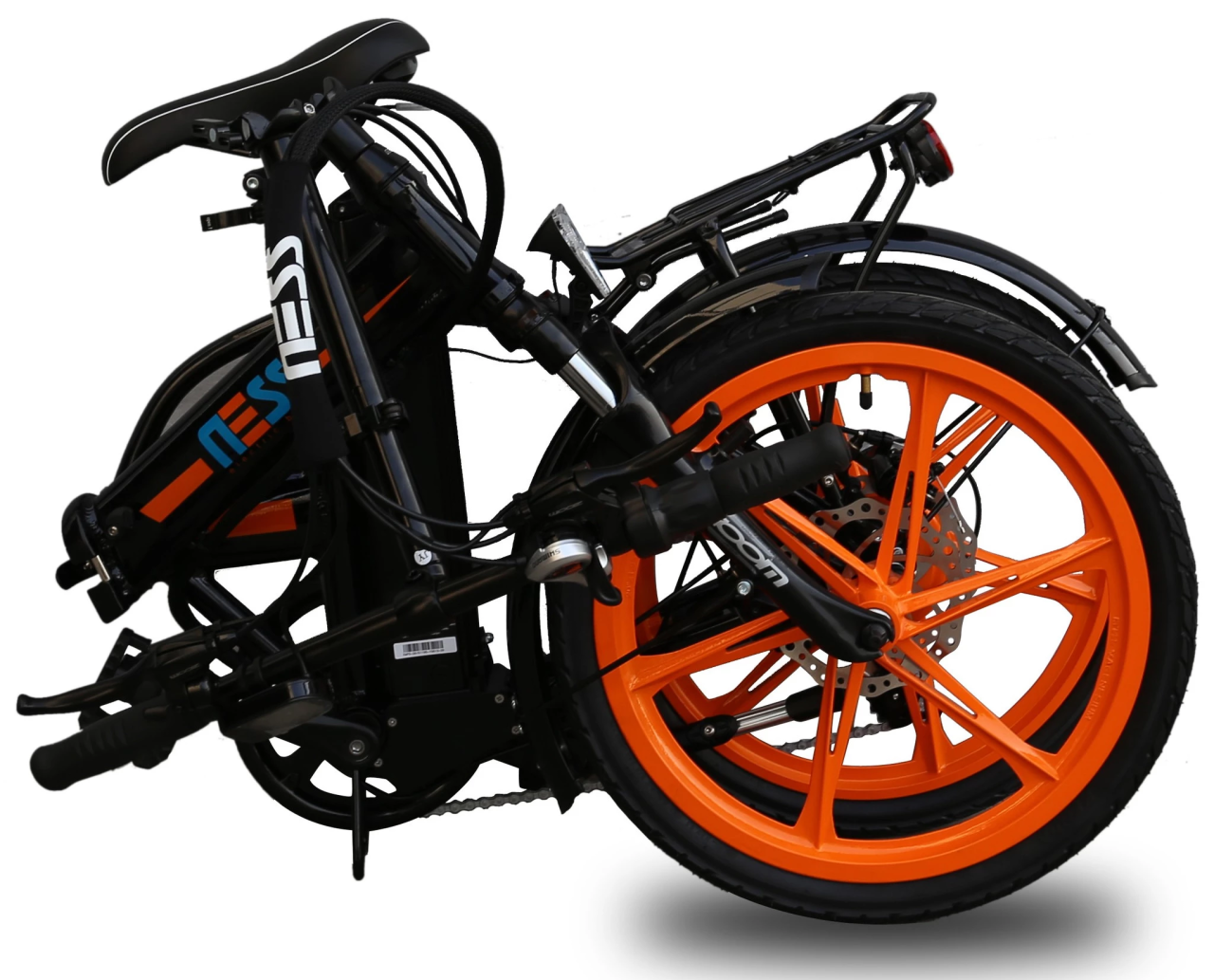
Electric bikes are no longer just a novelty; they’re becoming a ubiquitous mode of transportation, offering a blend of convenience, sustainability, and affordability. From commuting to recreation, electric bikes are catering to a diverse range of needs, revolutionizing the way we move around.
Commuting
Electric bikes have become a popular choice for commuters seeking a faster, more efficient, and eco-friendly alternative to cars. The electric assist helps riders conquer hills and traffic, reducing stress and travel time. In urban environments, electric bikes can easily navigate congested streets and sidewalks, making them a practical and convenient mode of transportation.
For example, in cities like Amsterdam and Copenhagen, electric bikes are widely used for commuting, contributing to a cleaner and more sustainable urban environment.
Recreation
Electric bikes are not just for commuting; they are also gaining popularity for recreational purposes. They allow riders to explore new trails, enjoy scenic routes, and experience the outdoors without the strenuous effort of traditional cycling. Electric bikes offer a versatile and accessible way to engage in outdoor activities, catering to individuals of all fitness levels.
For instance, mountain bikers are using electric bikes to conquer challenging terrains, while recreational cyclists are enjoying leisurely rides on paved trails and scenic routes.
Transportation
Electric bikes are increasingly used for transportation, offering a practical and efficient alternative to cars and public transportation. They are particularly beneficial in areas with limited public transport options or where traffic congestion is prevalent. For example, electric bikes are used for delivery services, allowing couriers to navigate busy city streets and deliver goods efficiently.
In rural areas, electric bikes provide a reliable mode of transportation for residents, enabling them to access essential services and amenities.
Delivery Services
Electric bikes are becoming an integral part of delivery services, particularly in urban areas where traffic congestion and parking limitations pose challenges. They offer a nimble and efficient way to navigate tight spaces and deliver goods quickly, reducing delivery times and improving customer satisfaction.
For instance, companies like Amazon and Uber Eats are increasingly using electric bikes for last-mile delivery, contributing to a more sustainable and efficient delivery network.
Tourism
Electric bikes are transforming the tourism industry, providing visitors with a unique and engaging way to explore destinations. They allow tourists to cover greater distances, experience scenic routes, and immerse themselves in local culture at their own pace. Electric bikes are particularly popular for guided tours, allowing tour operators to showcase hidden gems and provide a more interactive and engaging experience.
For example, electric bike tours are becoming increasingly popular in cities like Paris and Barcelona, allowing visitors to explore iconic landmarks and charming neighborhoods with ease.
Law Enforcement
Electric bikes are being adopted by law enforcement agencies as a versatile and efficient tool for patrolling and responding to incidents. They offer a quiet and agile mode of transportation, allowing officers to navigate congested areas and respond quickly to calls.
Electric bikes also reduce carbon emissions and noise pollution, making them ideal for patrolling sensitive areas or conducting investigations. For instance, police departments in cities like San Francisco and London are using electric bikes for community outreach, traffic enforcement, and crime prevention.
Case Studies
- Delivery Services:In New York City, a delivery company called “City Bikes” has implemented a fleet of electric bikes for its delivery operations. The company reports a 30% reduction in delivery times and a 20% increase in driver productivity since adopting electric bikes.
The company also highlights the environmental benefits of electric bikes, reducing carbon emissions and promoting a cleaner city.
- Tourism:In Amsterdam, a tour company called “Bike City Tours” offers guided electric bike tours to visitors. The company has seen a significant increase in tour bookings since introducing electric bikes, attracting a wider range of participants, including families and individuals with limited physical abilities.
The company emphasizes the unique and immersive experience that electric bikes provide, allowing tourists to explore the city’s canals, historic neighborhoods, and charming markets with ease.
- Law Enforcement:In San Francisco, the police department has incorporated electric bikes into its patrol fleet. The department reports a significant increase in officer visibility and engagement with the community since adopting electric bikes. The department also highlights the environmental benefits of electric bikes, reducing noise pollution and promoting a cleaner city.
Electric Bikes and Sustainability
Electric bikes have emerged as a promising mode of transportation that can contribute significantly to a more sustainable future. By reducing reliance on cars and promoting active lifestyles, electric bikes offer a compelling solution to address environmental concerns and improve urban mobility.
Electric Bikes and Carbon Emissions
Electric bikes play a vital role in reducing carbon emissions, a key factor in combating climate change. Unlike gasoline-powered vehicles, electric bikes do not produce tailpipe emissions, contributing to cleaner air quality in urban areas. The carbon footprint associated with electric bikes is significantly lower than that of cars, especially when considering the energy used for manufacturing and operation.
Studies have shown that replacing short car trips with electric bikes can lead to substantial reductions in greenhouse gas emissions. For example, a study by the University of California, Davis, found that replacing car trips of less than five miles with electric bikes could reduce carbon emissions by up to 90%.
Environmental Impact of Electric Bike Production and Disposal
While electric bikes offer significant environmental benefits, it’s crucial to consider the environmental impact of their production and disposal. The manufacturing process involves the extraction and processing of raw materials, which can have environmental consequences. However, the overall environmental impact of electric bike production is considerably lower than that of car production, due to the smaller size and simpler components.
The disposal of electric bike batteries poses a potential environmental concern, but advancements in battery technology and recycling programs are mitigating these risks.
Recommendations for Sustainable Electric Bike Use
To maximize the sustainability of electric bike use, several recommendations can be implemented:
- Choose Electric Bikes Made with Sustainable Materials:Opt for electric bikes manufactured using recycled materials or sustainably sourced components, such as bamboo frames or aluminum alloys.
- Prioritize Locally Made Electric Bikes:Supporting local electric bike manufacturers reduces transportation distances and carbon emissions associated with shipping.
- Properly Dispose of Batteries:Follow responsible battery disposal guidelines, utilizing recycling programs or designated drop-off locations to prevent environmental contamination.
- Maintain Electric Bikes Regularly:Regular maintenance ensures optimal performance and extends the lifespan of the bike, reducing the need for replacements and minimizing waste.
- Promote Electric Bike Sharing Programs:Encourage the adoption of electric bike sharing programs, allowing multiple users to share bikes and reducing the overall demand for individual ownership.
Final Review
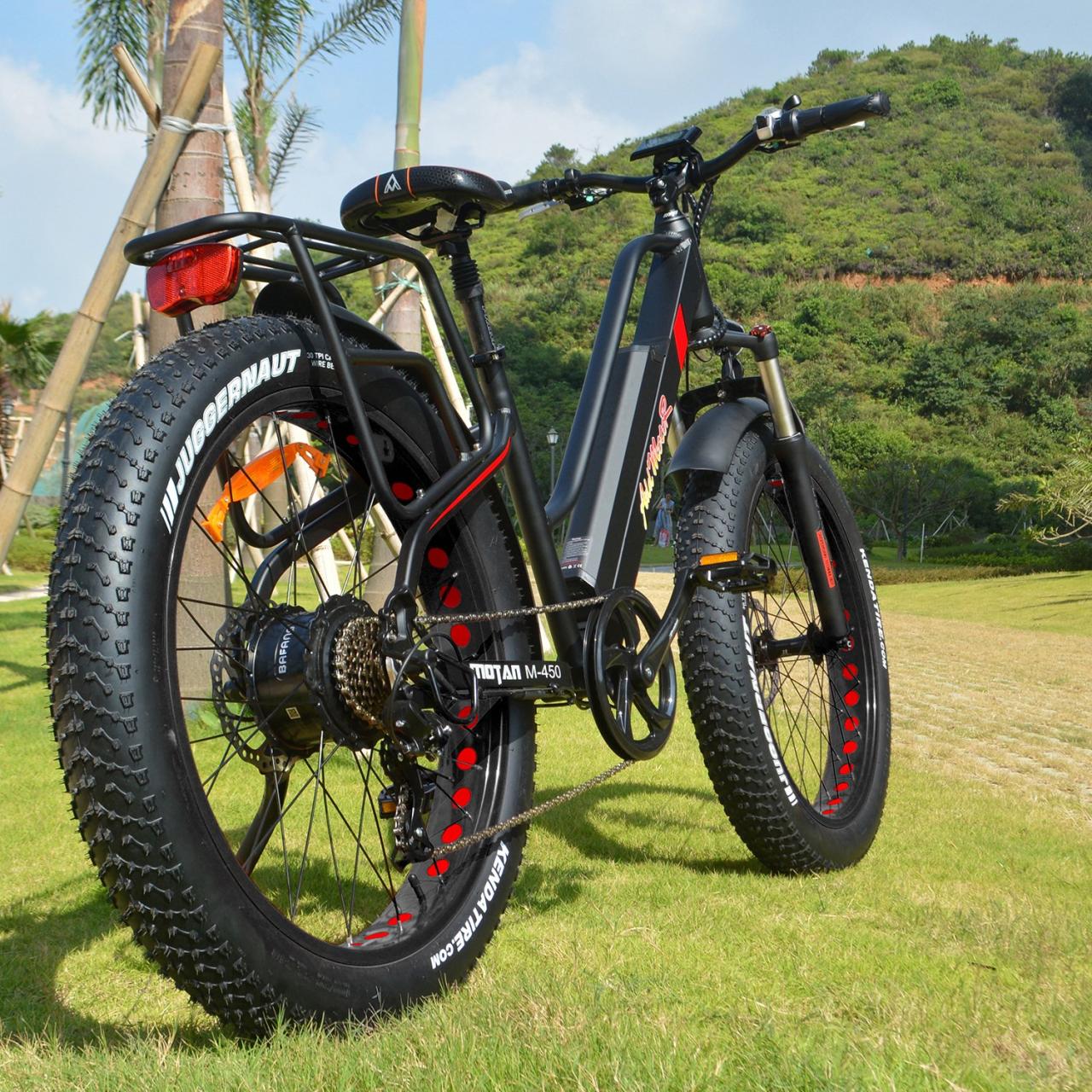
As the demand for sustainable and efficient transportation continues to rise, electric bikes are poised to play a pivotal role in shaping the future of mobility. With their versatility, environmental benefits, and growing affordability, electric bikes are not just a trend but a transformative force, redefining the way we interact with our cities and our surroundings.
Whether you’re seeking a healthier commute, a thrilling adventure, or simply a more sustainable way to get around, the electric bike revolution is here, and it’s only just beginning.

